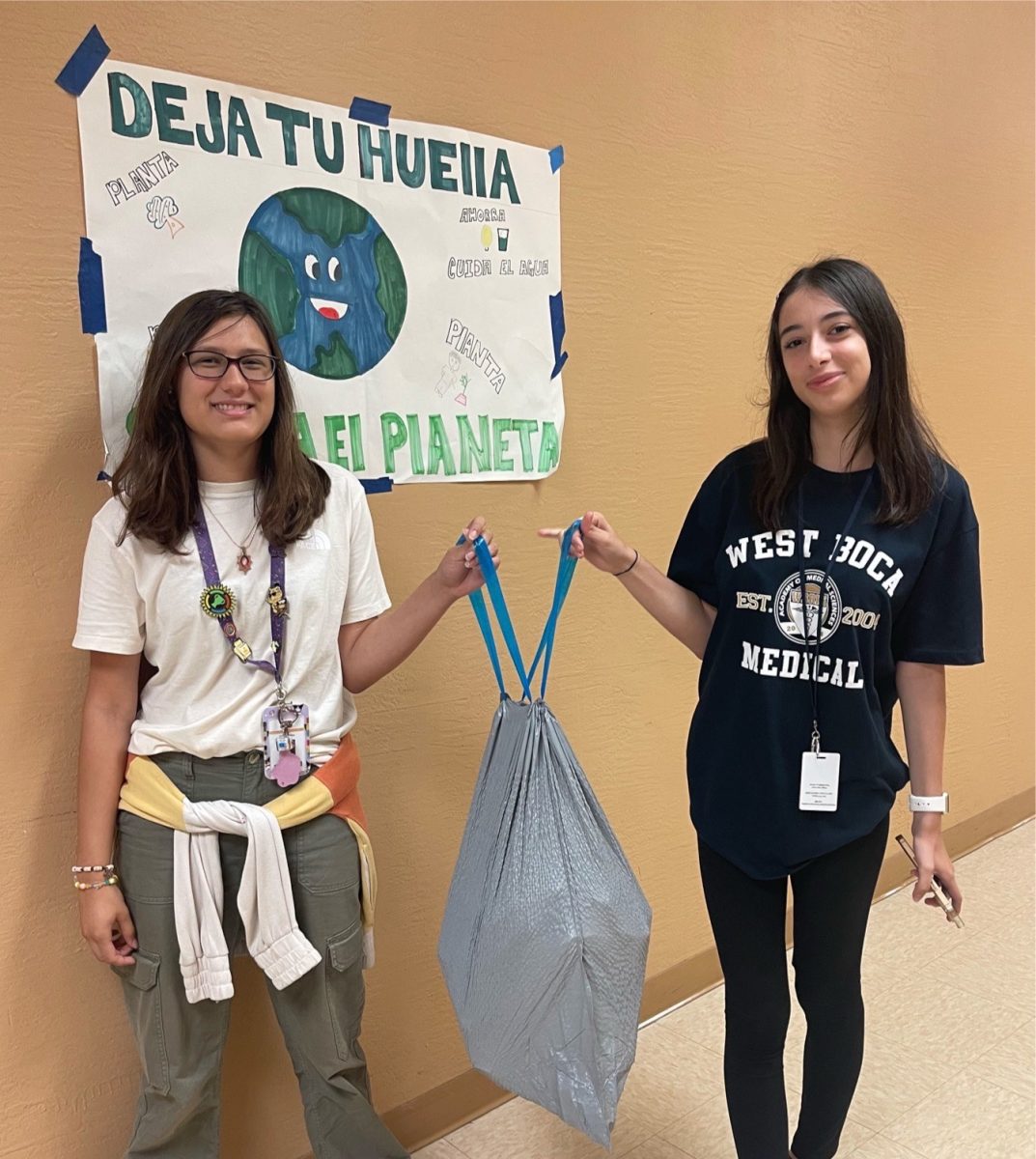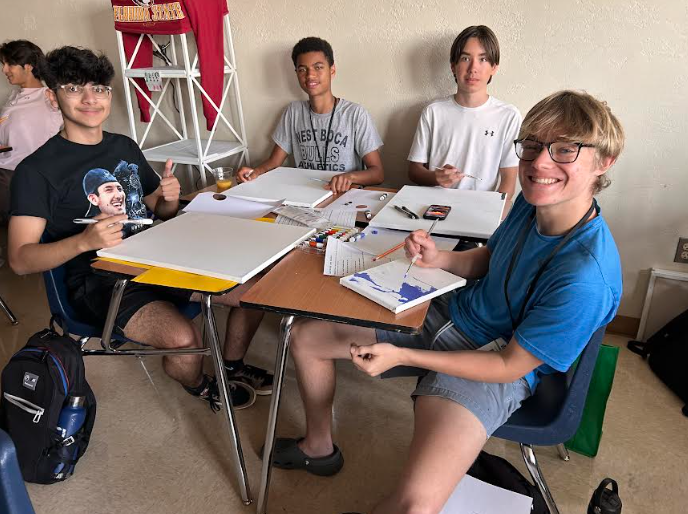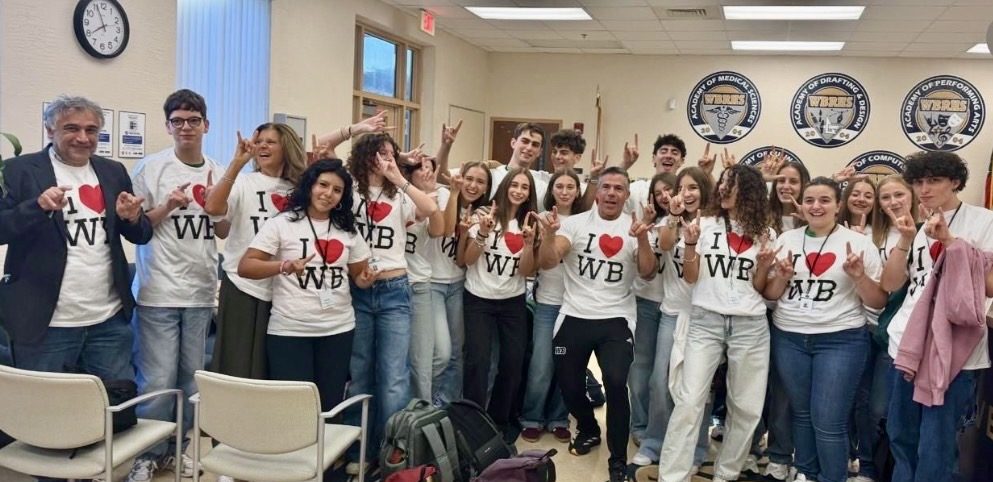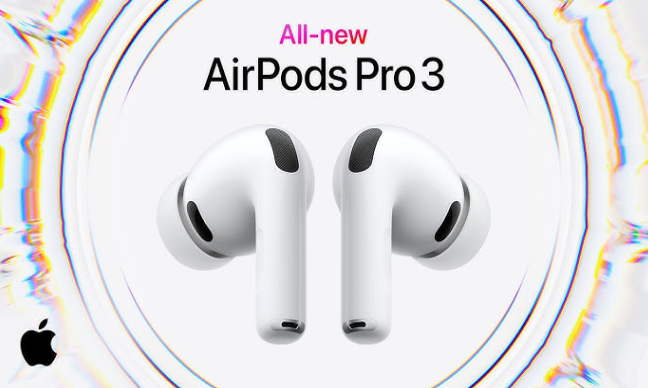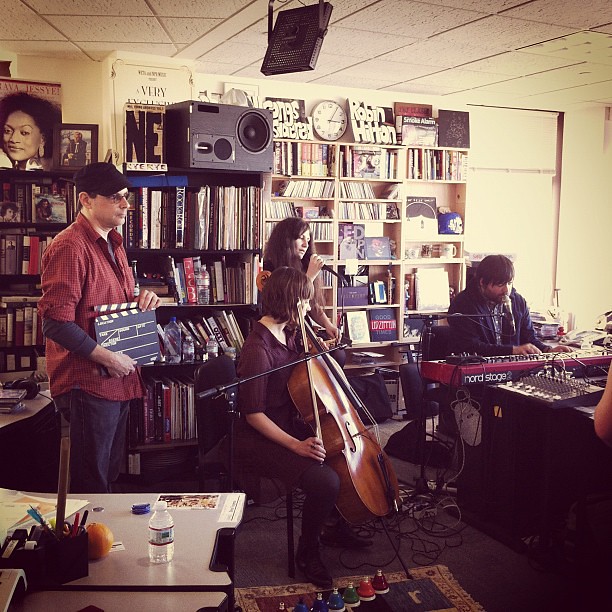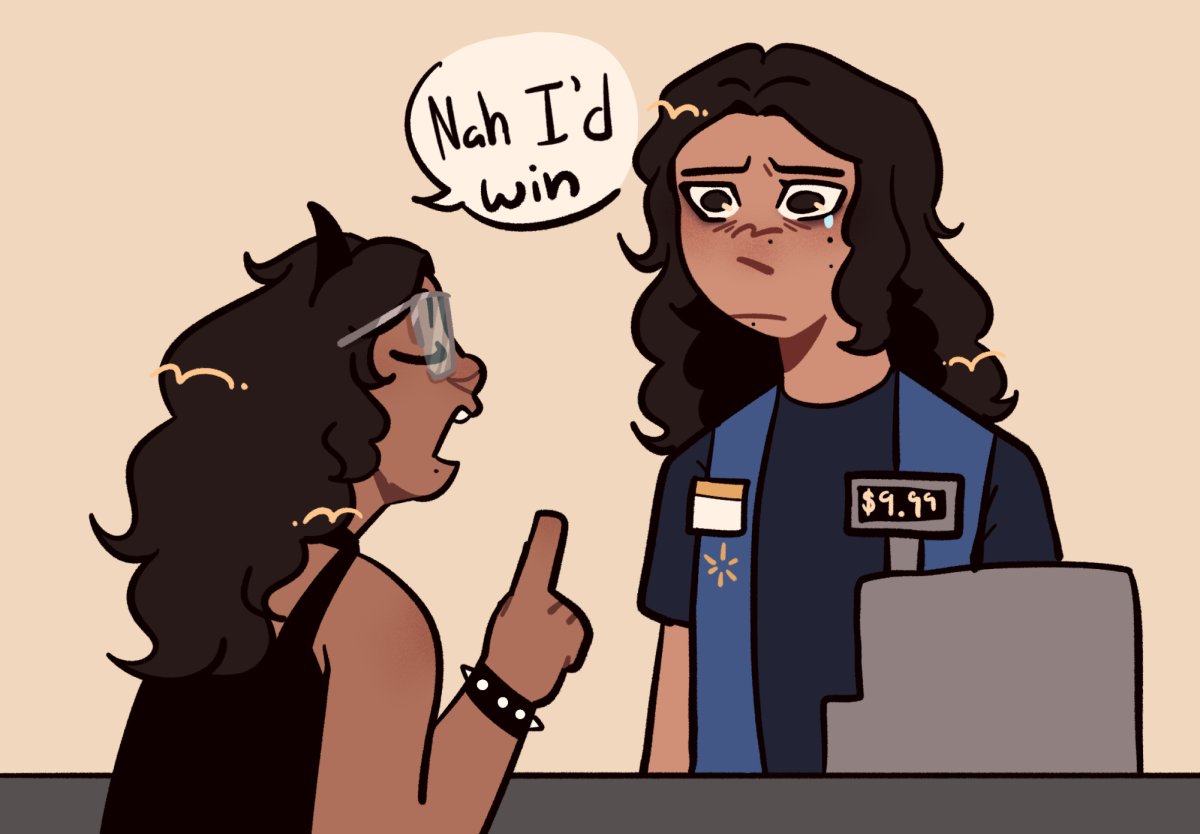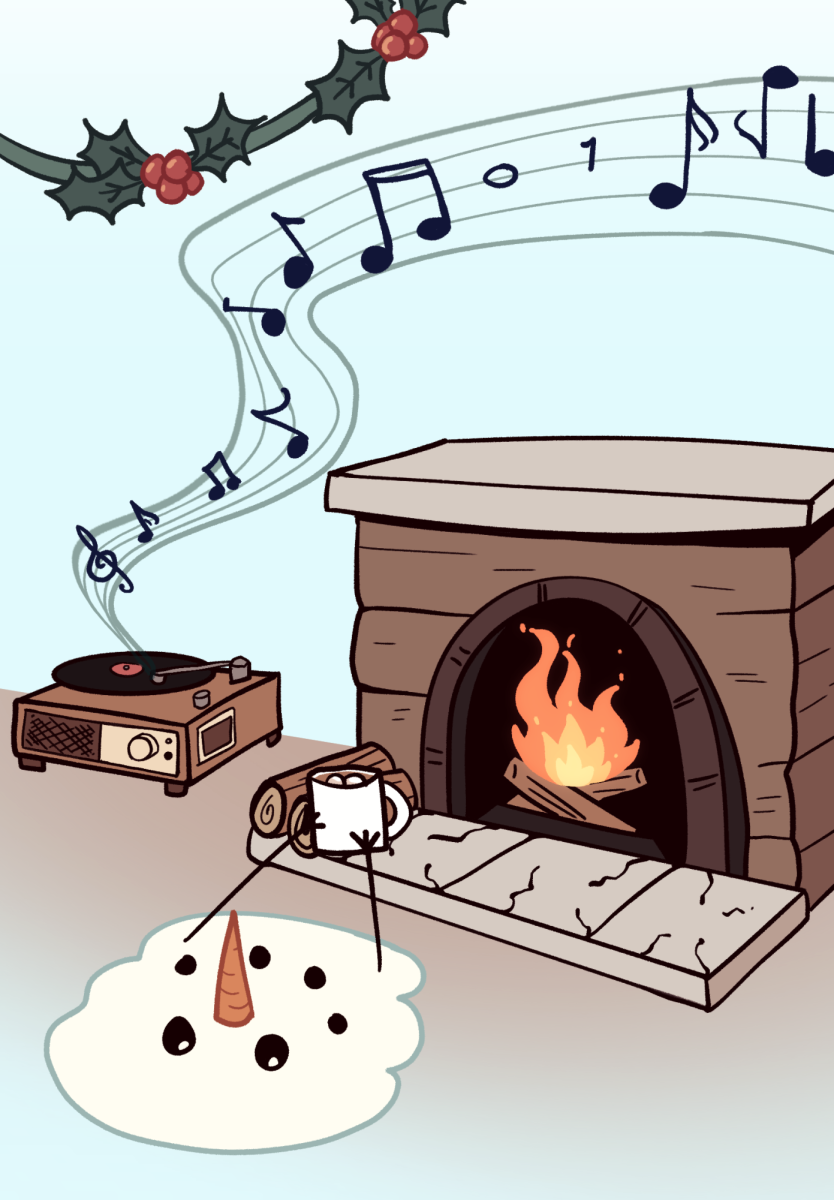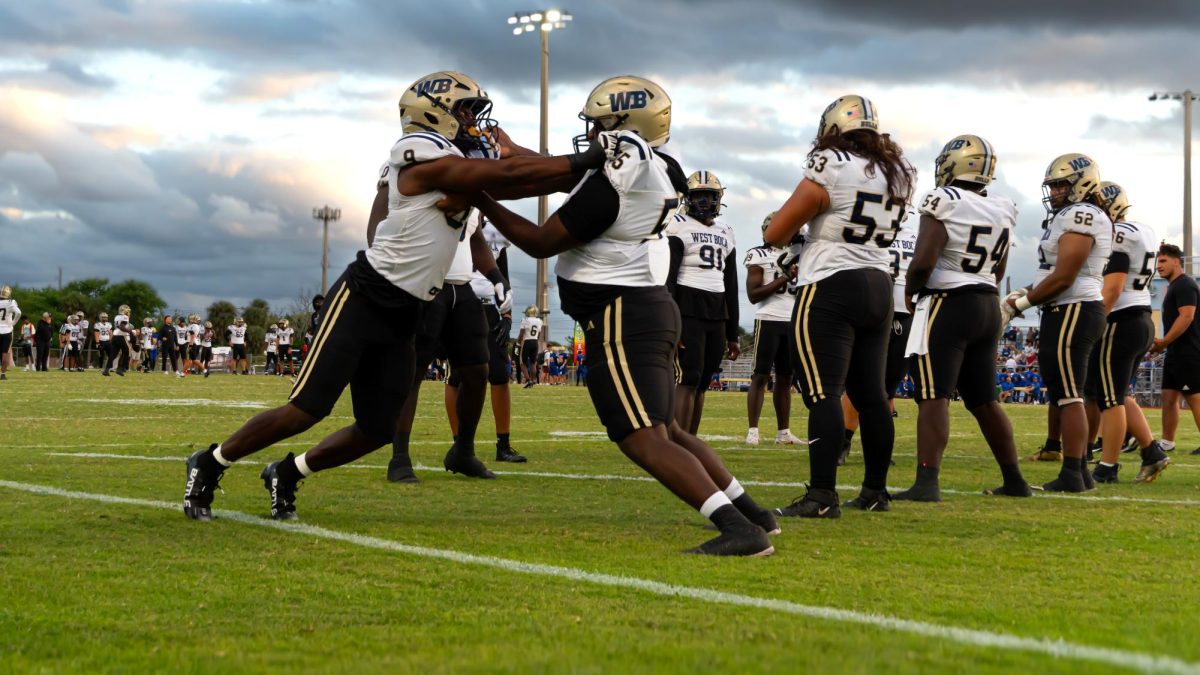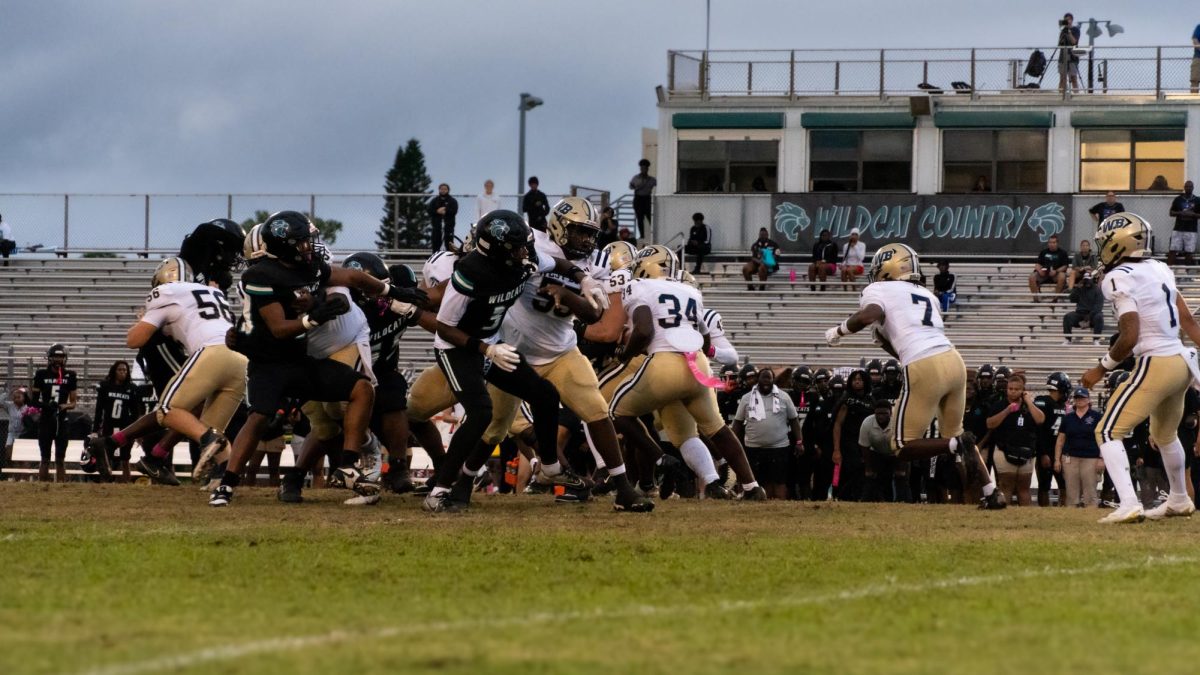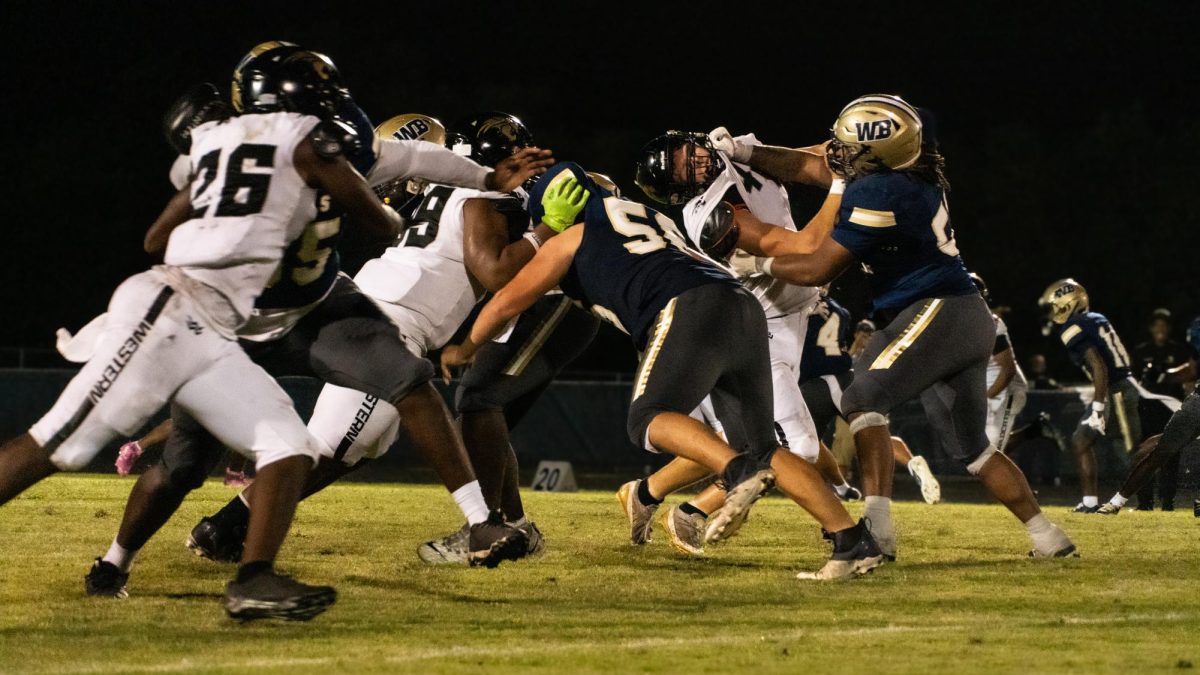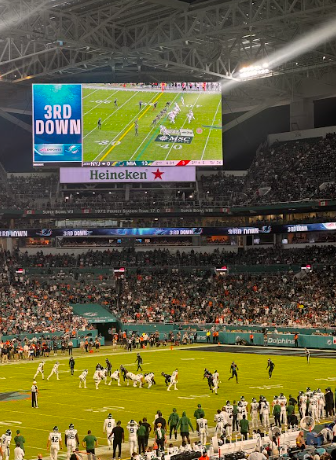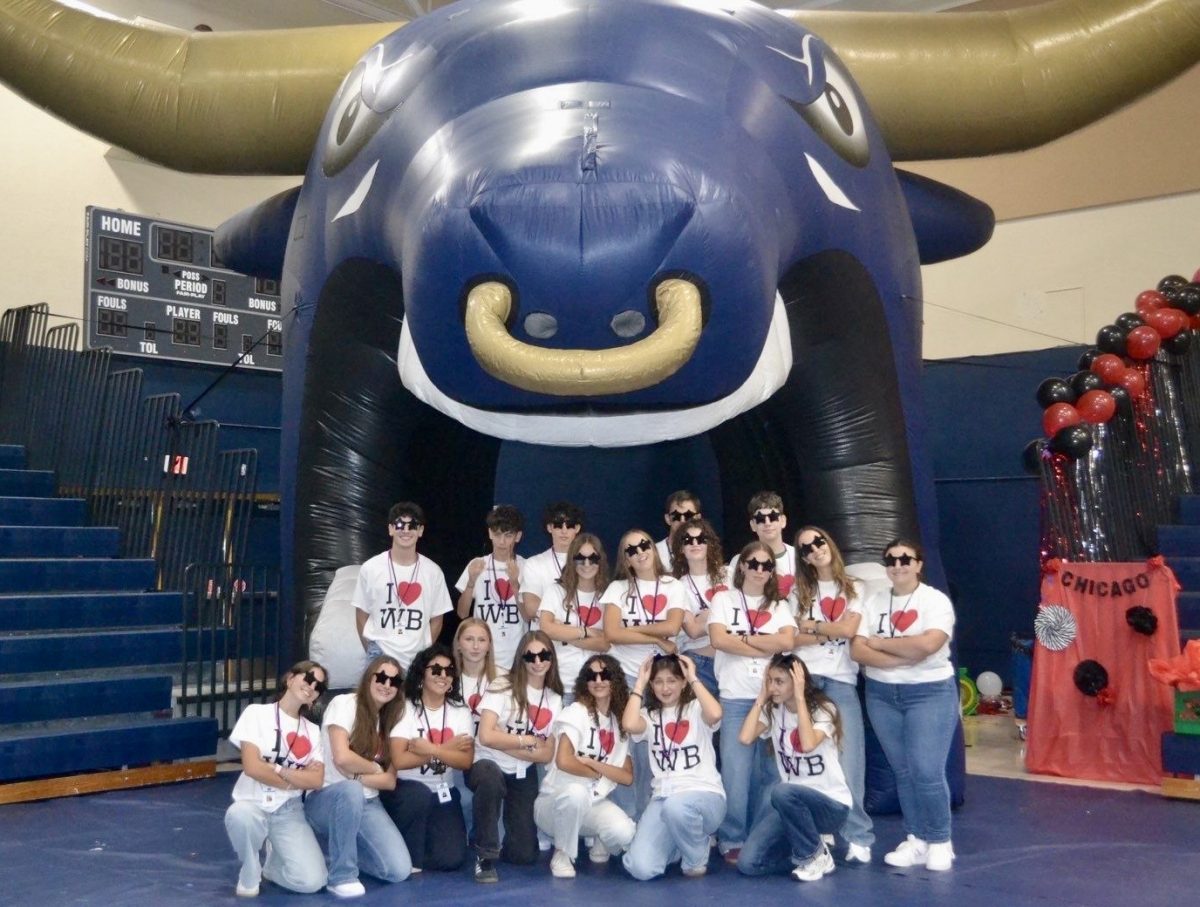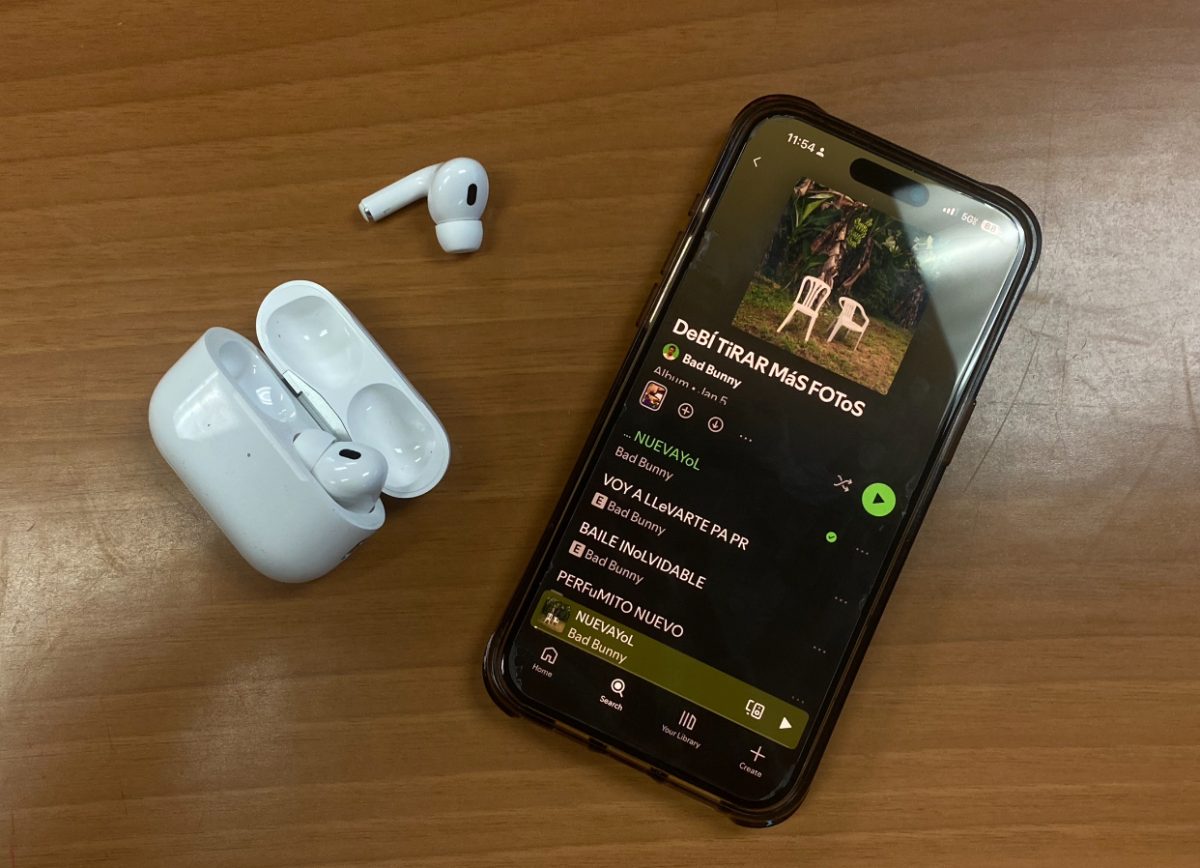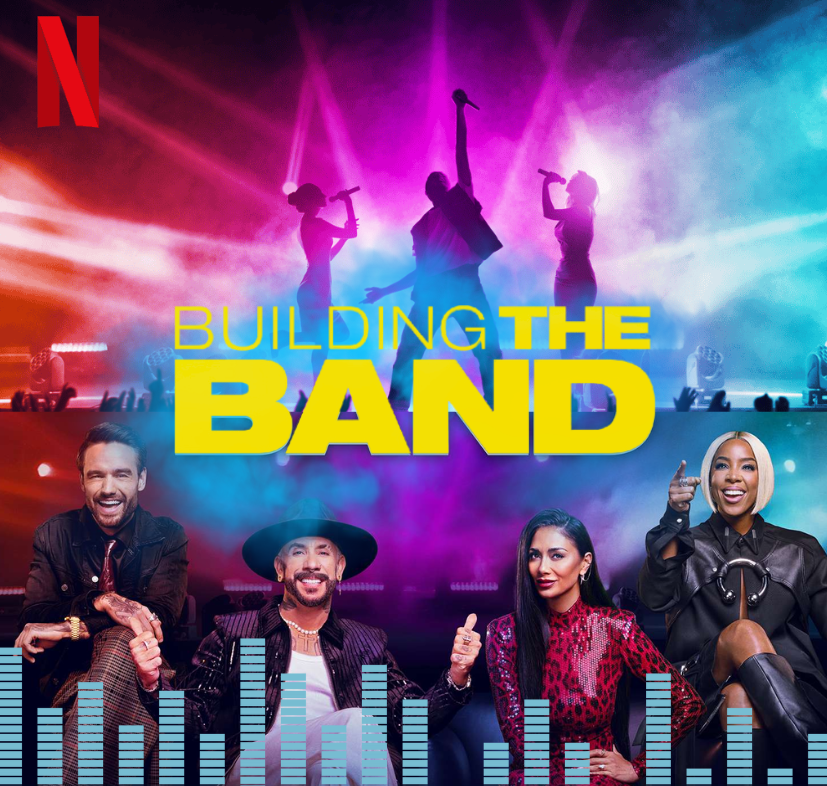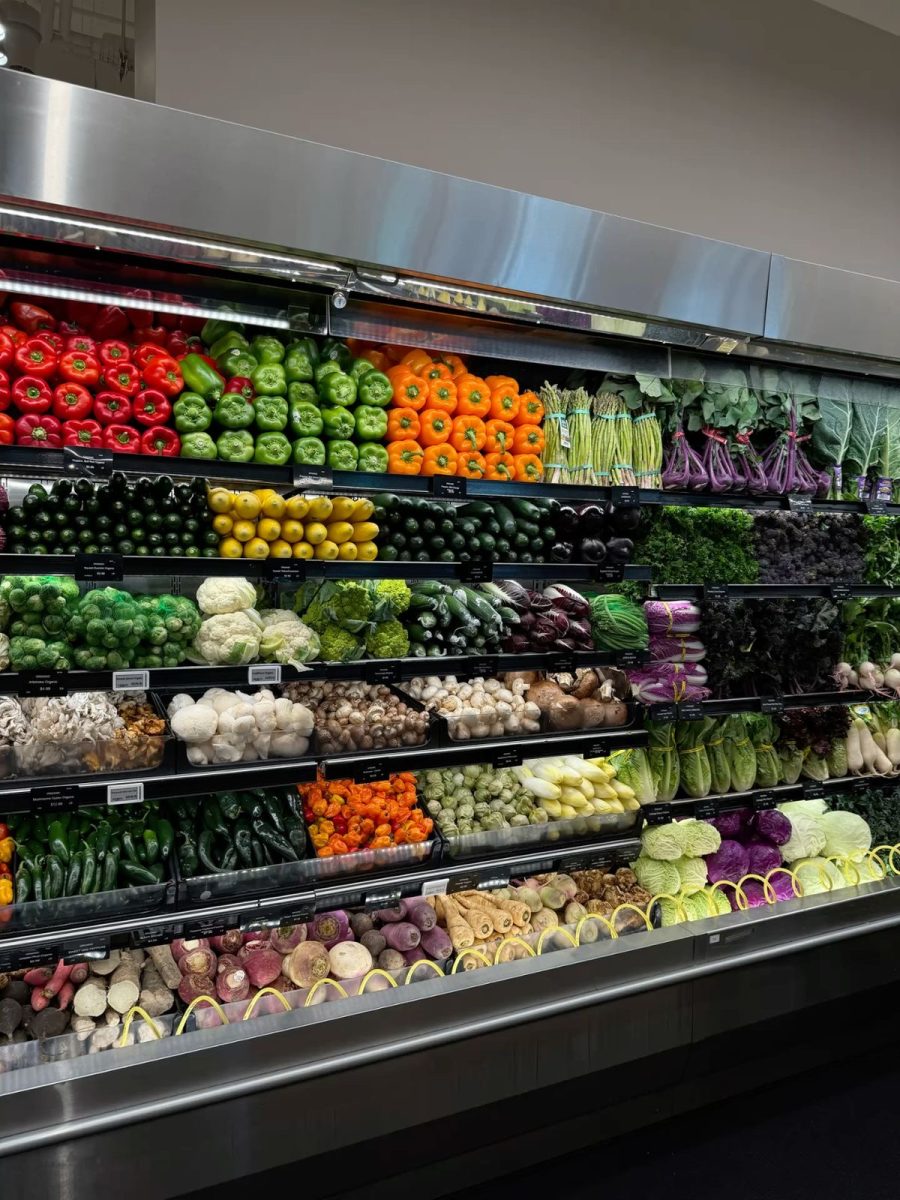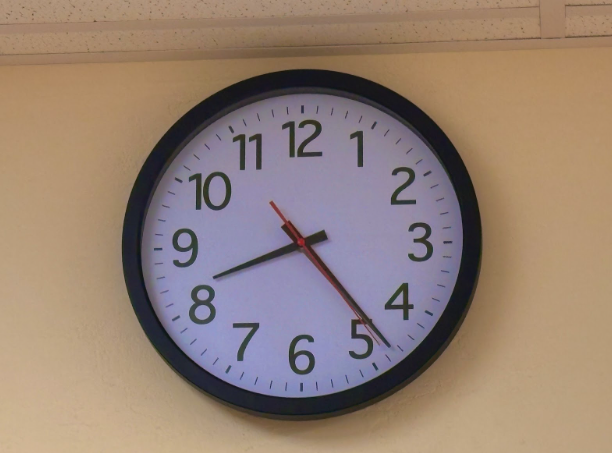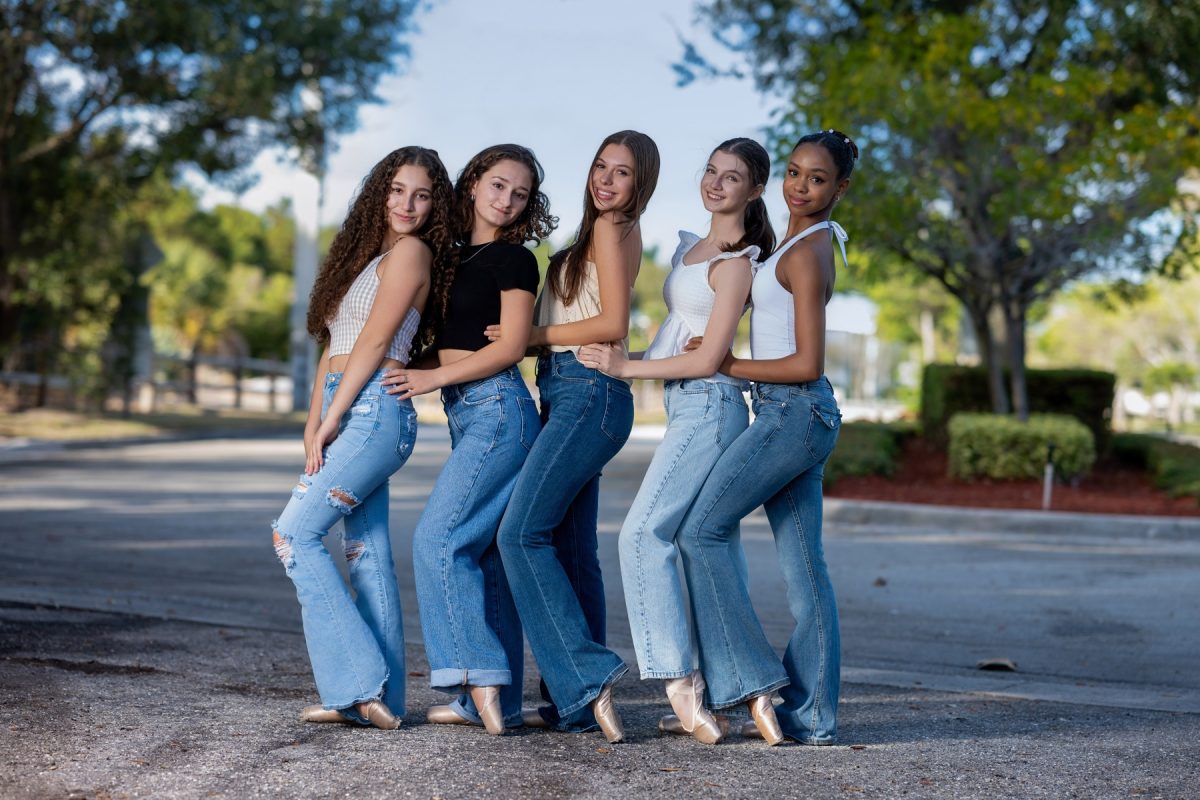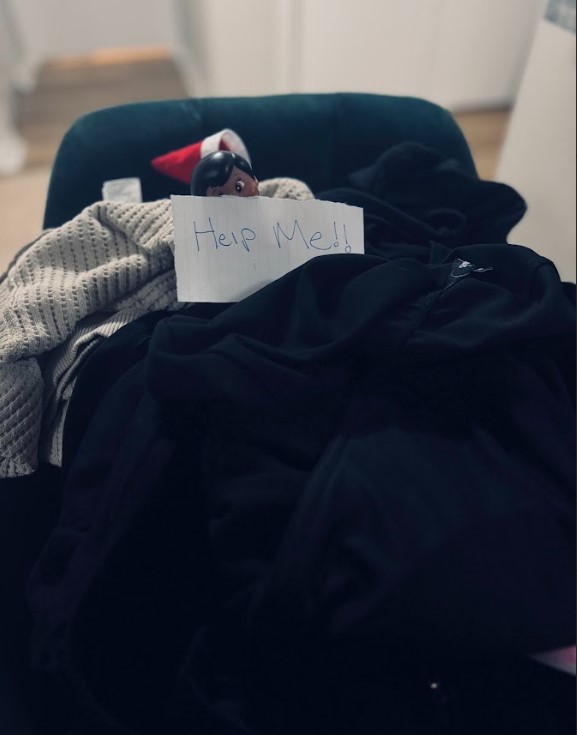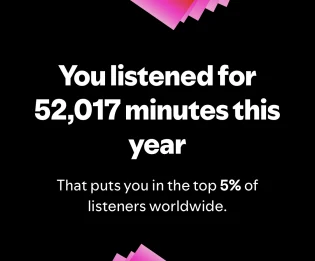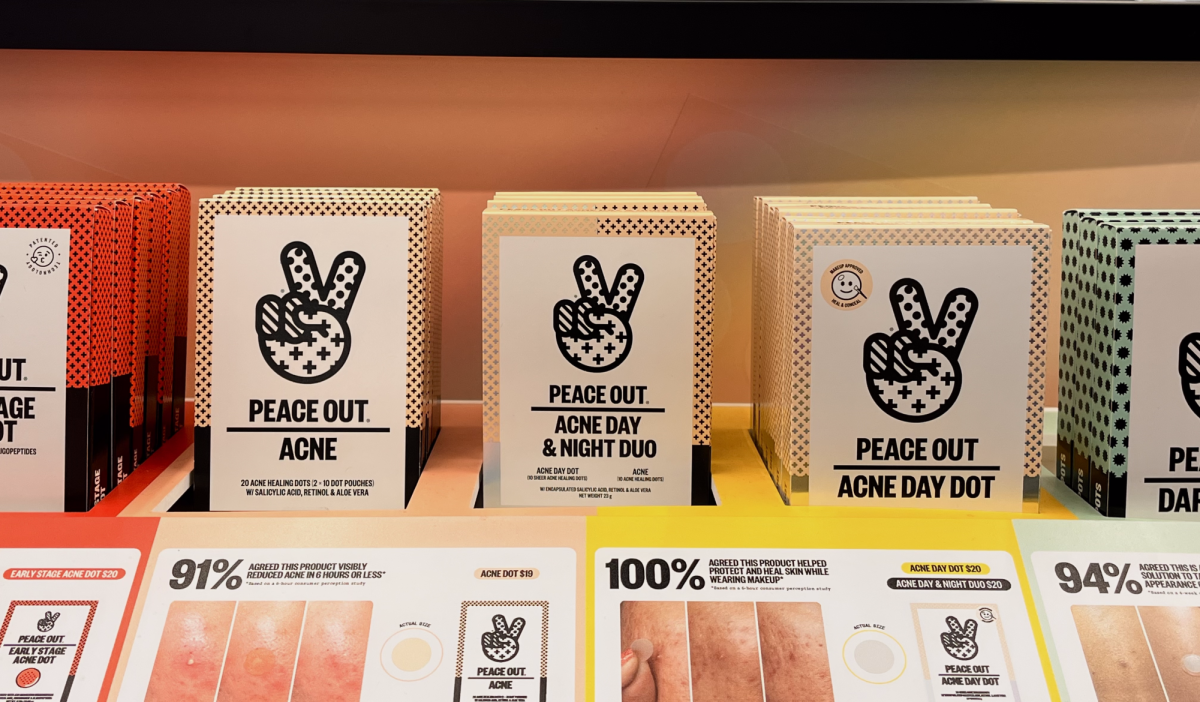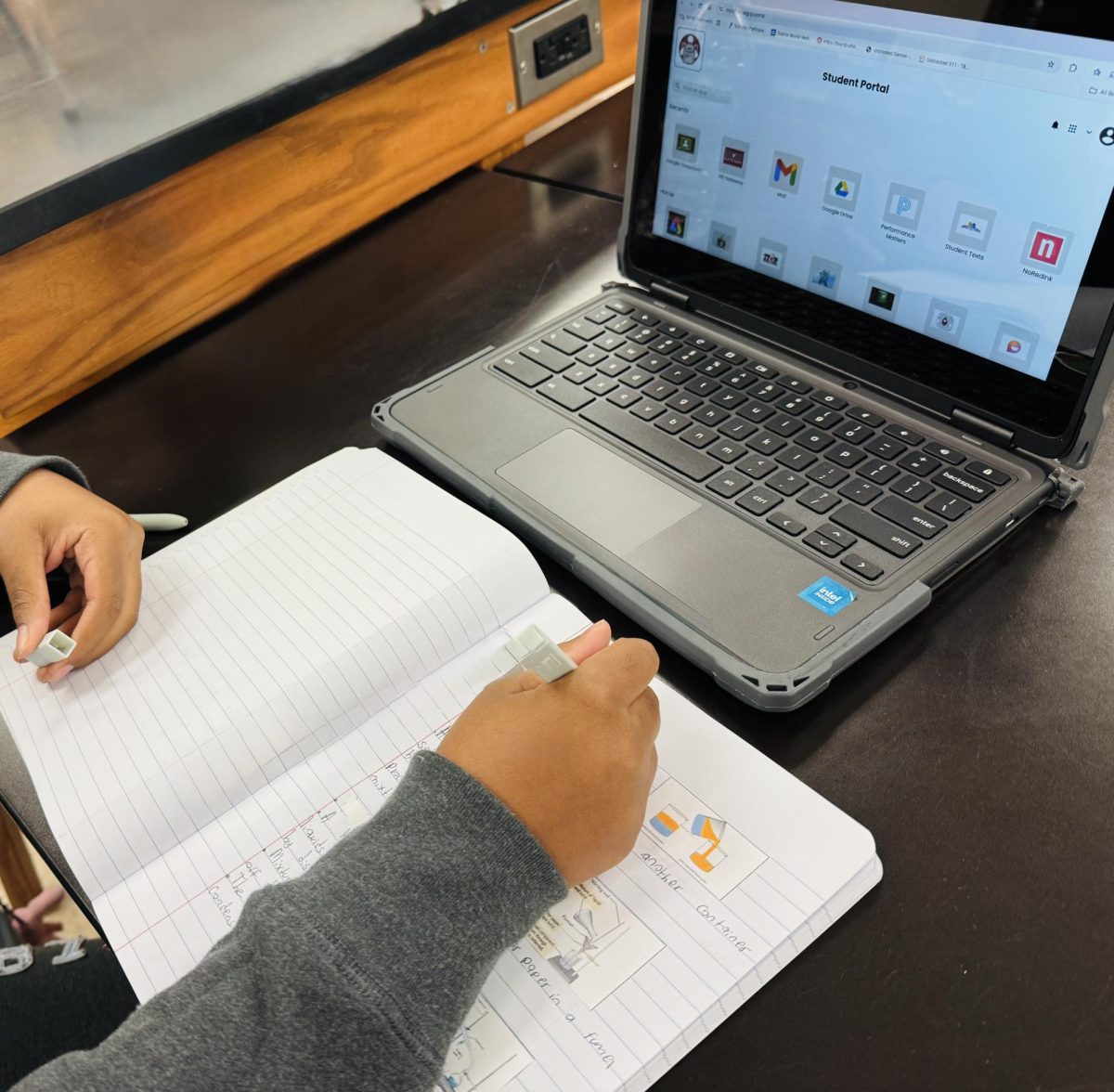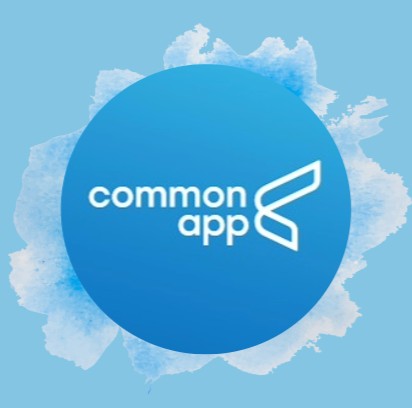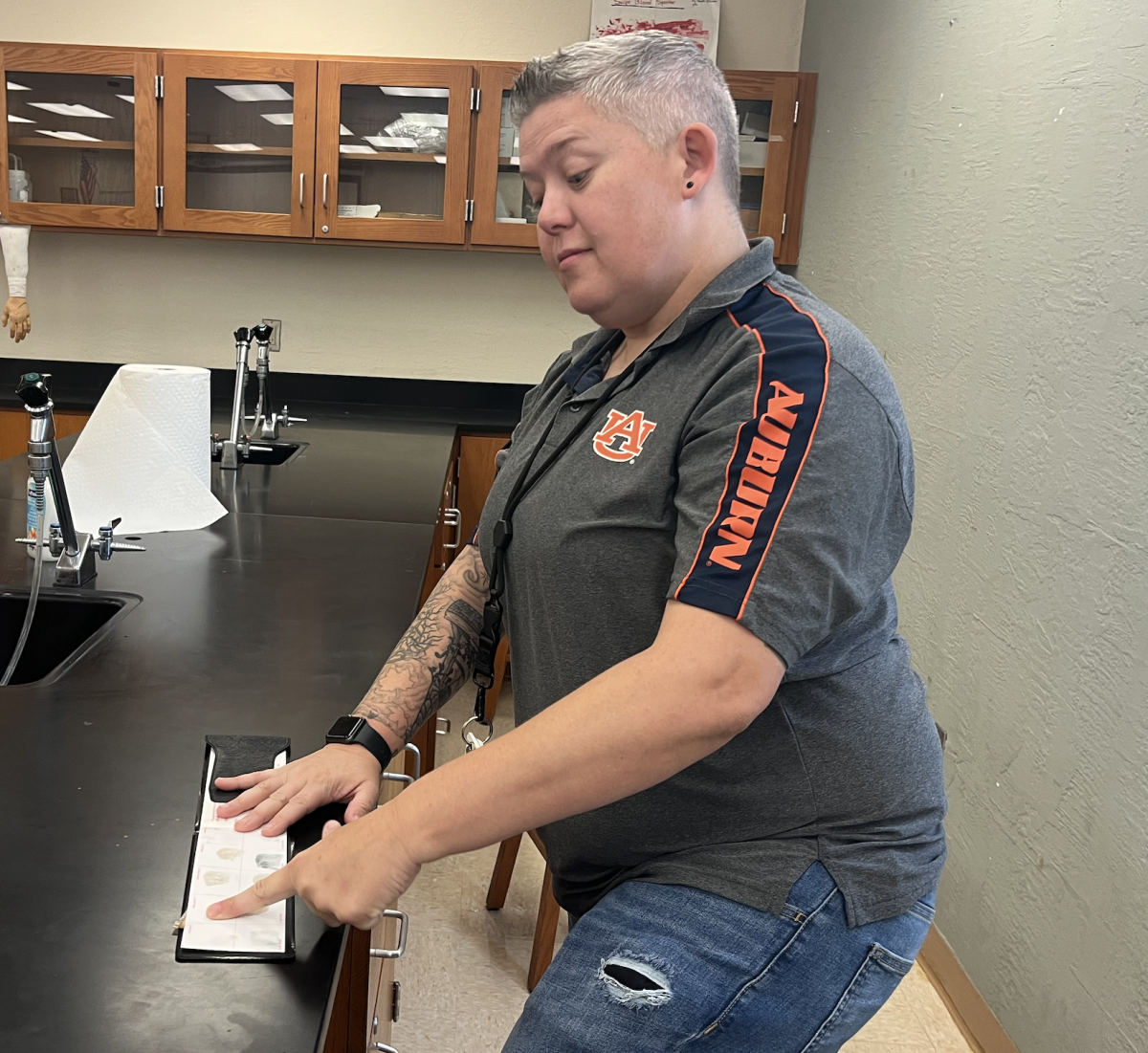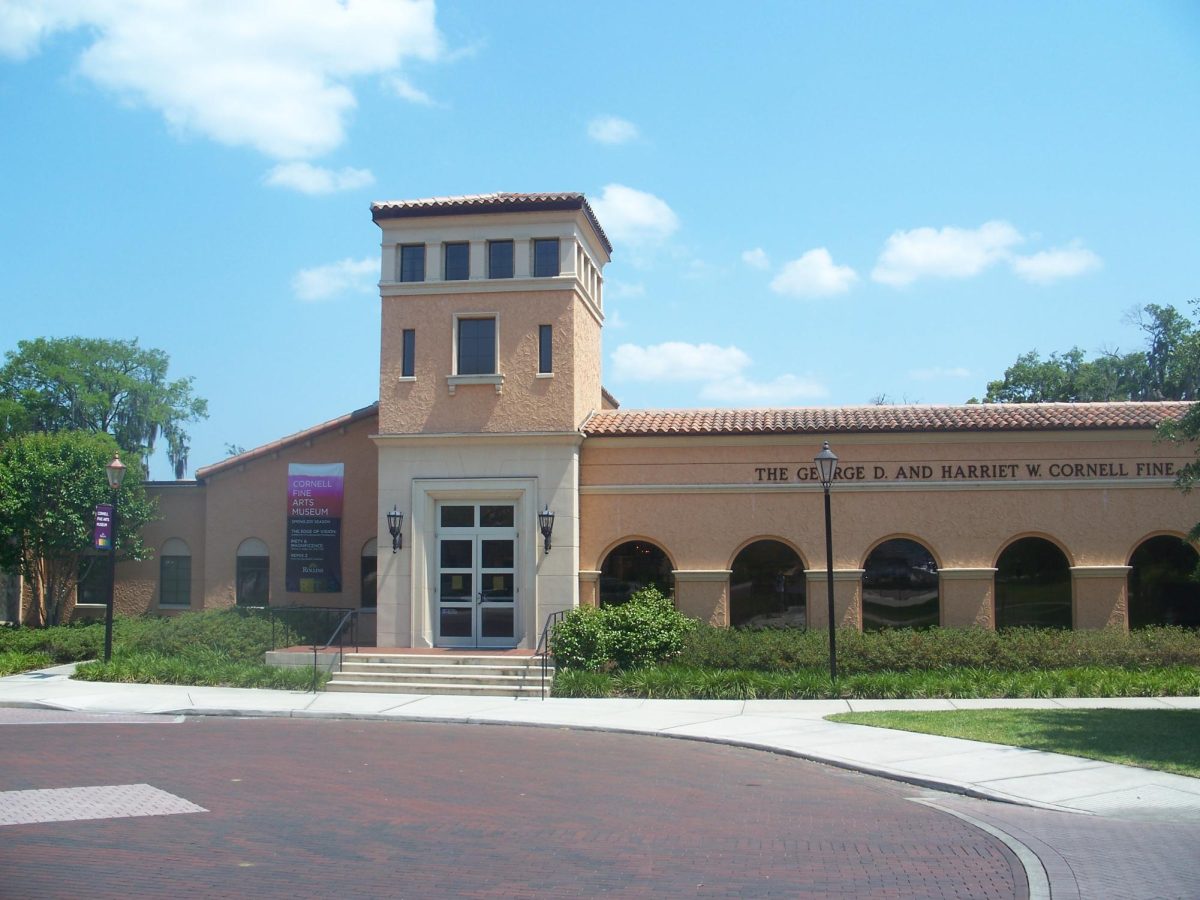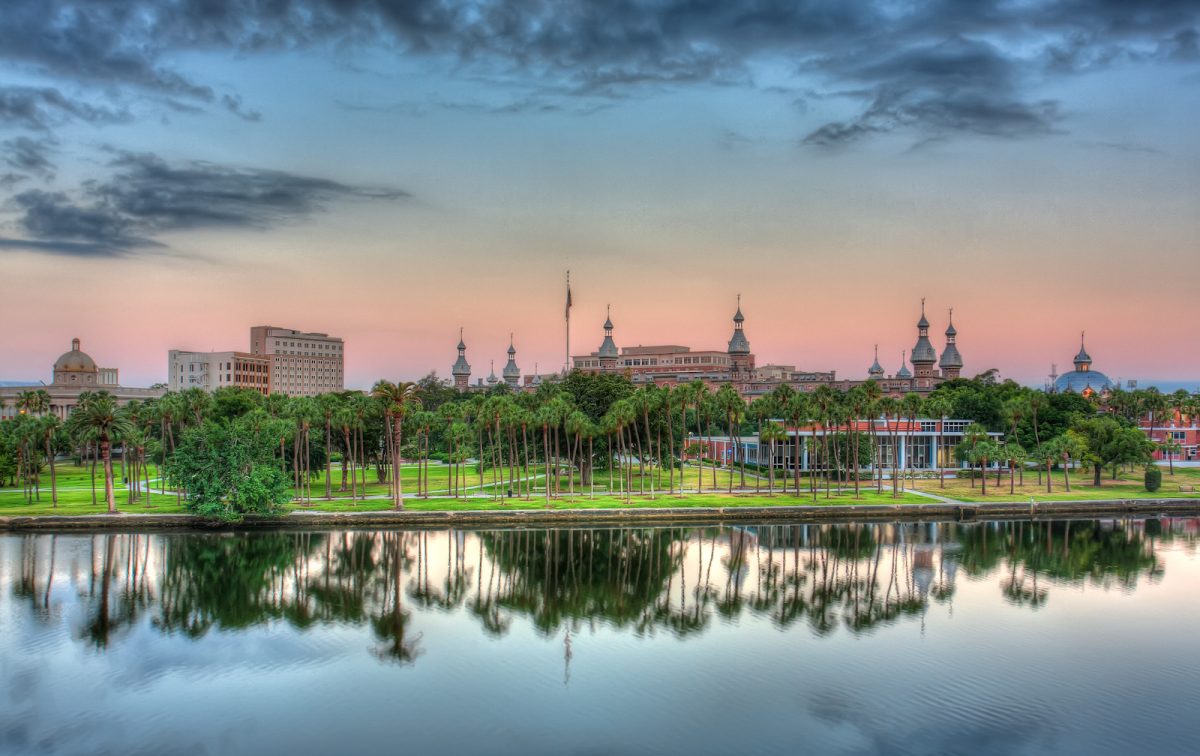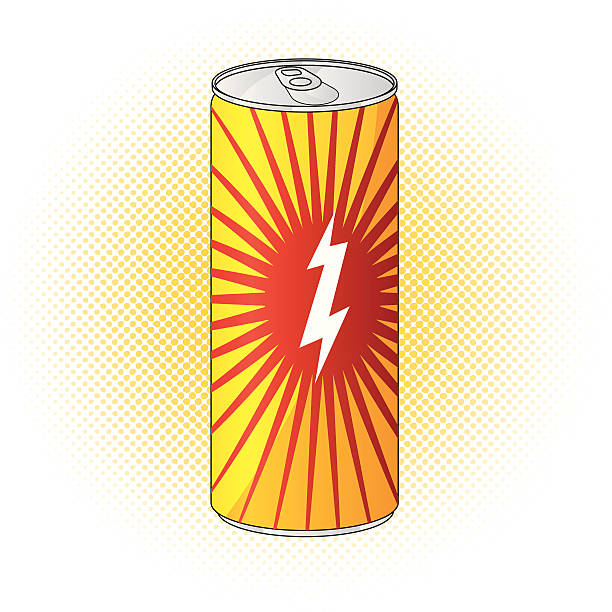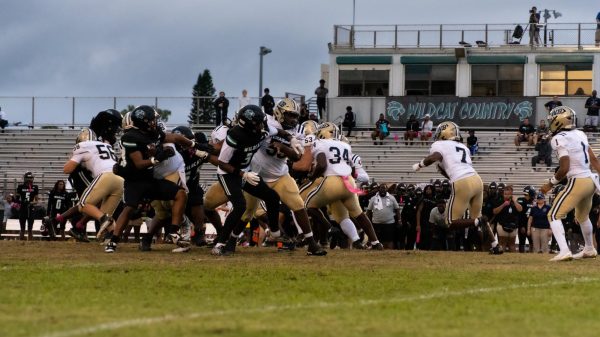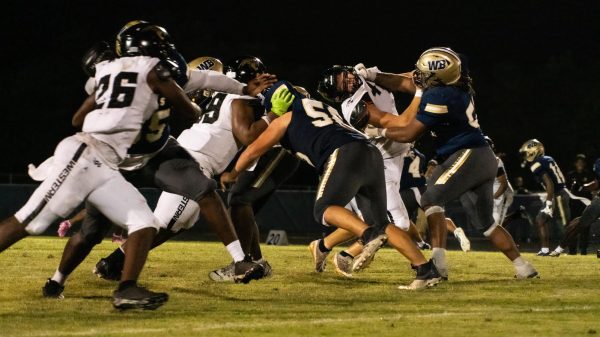The Hidden Danger of Energy Drinks
Energy drinks are often designed and advertised to get the attention of the youth.
November 29, 2021
Energy drinks: you can’t go anywhere without seeing them. Monster energy and Red Bull flood middle schools and high schools across America. With all this consumption of energy drinks, we must ask ourselves, “are energy drinks healthy for young growing people?” Plenty of research says no.
A few years ago, I passed out in the back of my church and the first question the paramedics asked me was along the lines of “When was the last time you had an energy drink?” (although the actual cause was not related in any way to energy drink or caffeine consumption). The fact that this is the first question that was asked to a teen who had just collapsed is scary. This issue is acknowledged by some and not all, but this will not be enough. If parents allow their children to drink energy drinks like water, only bad will come of it.
First thing in the morning, when you walk into the school, you see people taking in unhealthy amounts of caffeine. Whether it be from energy drinks or highly caffeinated coffee, it is not healthy for anybody, specifically growing children. According to Pamela A. Pance M.D. in an article entitled “Why Children Should Avoid Energy Drinks”, (2020) these drinks can contain a high concentration of caffeine, taurine, guarana, ginseng, L-carnitine, and yohimbine additives. These stimulants are shown to cause “…dependence, dehydration, insomnia, heart palpitations and/or an increased heart rate in both children and adults. But in children, these symptoms are often even more extreme. Consuming energy drinks has even led to seizures, mania, stroke, and death in rare situations.”
An example of a very popular energy drink currently would be Monster Energy. Within the average 16-17 ounce Monster energy drink, there is 160 mg of caffeine packed within. This would be the same (approximately) as consuming three 12 ounce Coca-Cola cans. Very few parents would allow a child to have 3 cans of Coke consecutively, yet, the same exact concentration of caffeine in only one bottle is acceptable? According to “Risks of Energy Drinks” Stephanie Nguyen, M.D. states that “energy drinks are full of sugar, sodium, and loaded with caffeine – often twice as much as coffee and eight times as much as soda. They’re an unhealthy beverage for anyone, especially a growing youth’s body.” Along with numerous credible websites and institutions talking against energy drinks in general (but more vigorously when talking of children).
“More than 10 percent of emergency room visits involving energy drinks result in hospitalization,” according to Lenny Bernstein of the Washington Post. “More than 10 percent of emergency room visits by people aged 12 or older for problems involving energy drinks are serious enough to result in hospitalization, the federal government warned this week.” This information was collected in 2011 far before the peak of popularity for energy drinks which are still being advertised to children (especially those who are interested in skating as it is one of the main sponsors of many skaters such as Nyjah Huston).
This doesn’t mean that kids shouldn’t touch energy drinks, it means that it must be heavily monitored. It is incredibly unhealthy in large portions, and seeing people under 18 consume two energy drinks before the clock strikes noon must change.

